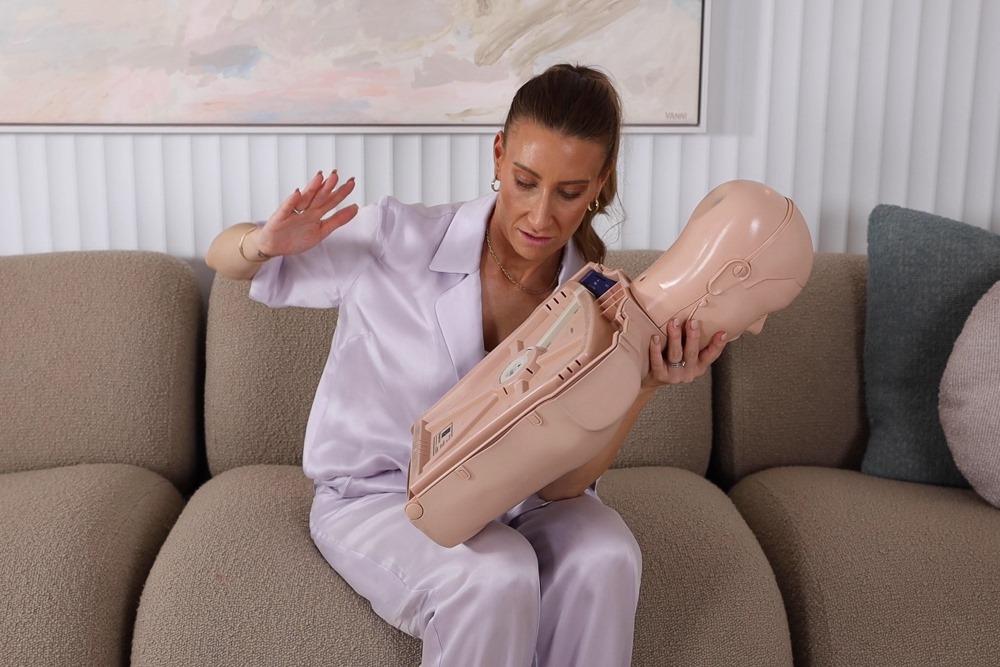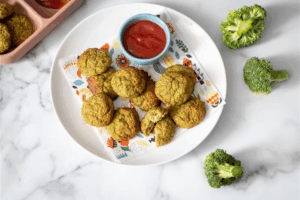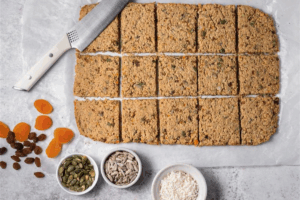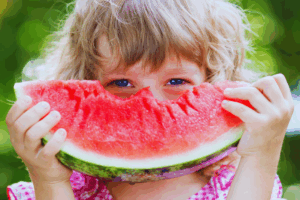WORDS: Tiny Hearts
It’s more common than we think; it’s silent and, unless we act fast, can be deadly. But please do not panic, we can all do things to reduce the risks and if the unthinkable is to happen and our child chokes, we can initiate life-saving treatment that is highly effective. So take a deep breath and let me help you become less fearful and more empowered!
So let’s start with the basics; what is choking?
Choking is when there is an object caught in a child’s airway that blocks the airway, which makes it difficult or impossible to breathe. It either partially blocks the airway or completely blocks the airway.
This is different to gagging. Gagging is a natural mechanism designed to protect bub from choking. Gagging can be triggered by bub putting things in their mouth, like spoons, food, toys or even the breast or bottle at a young age, but nothing is lodged in the airway, unlike choking. Gagging requires a big, calm smile from you, observation only and lots of reassurance. This reflex is designed to stop objects going to the back of the airway and causing a choking episode, so while scary, it’s an excellent, protective reflex that bub has. It will start to disappear around six months of age.
Round, firm, slippery = choking hazard
Really anything that goes in your little one’s mouth can be a choking hazard, but we know the most common hazards are round, firm or slippery; think grapes, cherry tomatoes, blueberries, nuts, raw carrot, apple, popcorn chewing gums, coins, marbles, batteries and the list goes on. The greater the roundness, firmness or slipperiness of an object, the greater the choking risk.

Top tips to reduce the risk of choking:
Modify your child’s food
It’s important to know the foods that cause the greatest choking risks and alter these foods to ensure they are less likely to cause a choking incident. In simple terms, make food that is firm, less firm. Make foods that are round, less round and foods that are slippery, less slippery. For example, you can make food less round by cutting it; you should cut grapes in quarters, lengthways. You can roll slippery food like avocado in fine breadcrumbs and cook carrot to make it less firm!
Squish test
The squish test is a great test to perform to make sure your baby’s finger food is safe. Simply pinch the food between your pointer fingers and thumb. This mimics the pressure of a toothless little ones’ gums. If the food squishes easily, it means it’s safe, and bub will be able to chew. If it doesn’t squish easily, you should cook, grate or mash it, so it becomes soft enough to pass the test.
Size of an airway
This little trick is one you’ll find me constantly doing at home! I take my pointer finger and touch it to the knuckle of my thumb to make a small circle. This is the indicative size of an airway of a three-year-old child. Anything that can drop through here could block the airway of your child. Use this hack when buying toys or thinking about what is safe for your baby to play with.
Safe eating environment
Creating a safe and calm environment for your child to eat is so important, but often overlooked. Your child should be seated and secured in a highchair, you should be within arms reach of your child at all times and have your eyes on your child while eating. Choking is silent and it only takes a few minutes to cause brain damage
Get educated
Knowing these tips will help to avoid a choking emergency but sometimes, accidents happen. You need to feel confident and empowered to act in a choking emergency with your child. Our 4-hour baby and child first aid course covers everything you need to know about choking, including life saving treatment so you know what to do if the unimaginable happens. Leave our course feeling educated and empowered, and knowing exactly what to do if your child chokes.
Book a spot in a baby + child first aid course today:






